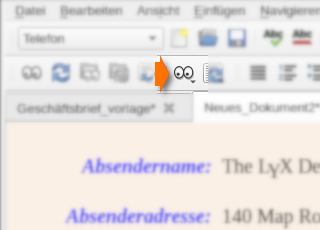Power or Float-Exception
As always nothing changed but nevertheless a common work process doesn't work anymore. Additionally it is a very simple task done in a few minutes. Pressure rises and no matter where you search for the solution it is always found where you look last. More…

